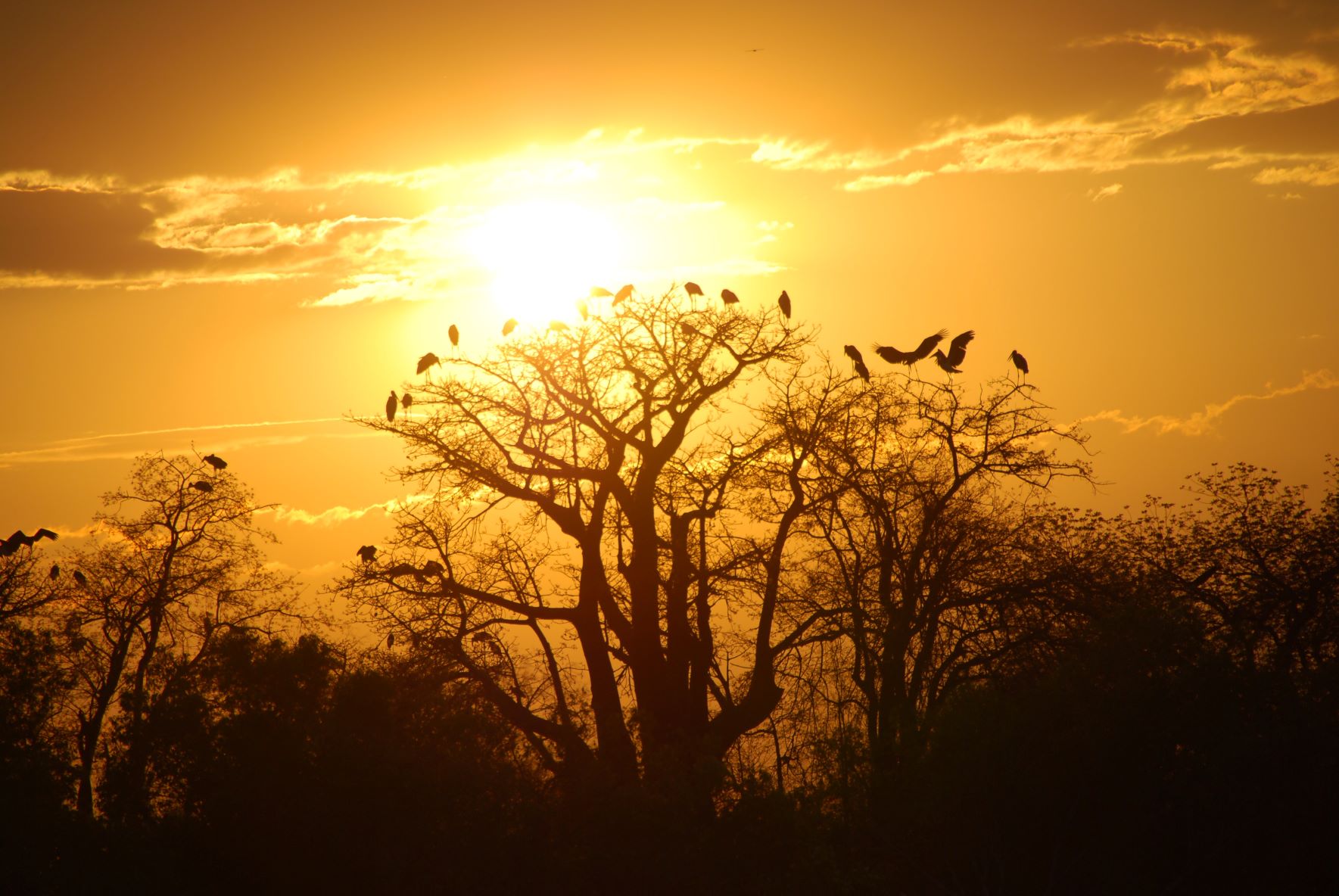Our world is home to 18,000 bird species, and we delight in observing their various colors, calls, and unique behaviors. Unfortunately, with a 3-billion bird loss in North America since 1970, and one in eight of the world’s birds threatened with extinction, the bird population is seeing a serious decline. And yet, that’s not where the threat ends. Scientists and conservationists warn of another threat to our world’s birds: the extinction of other animals and plants.
How Other Extinctions Affect Birds
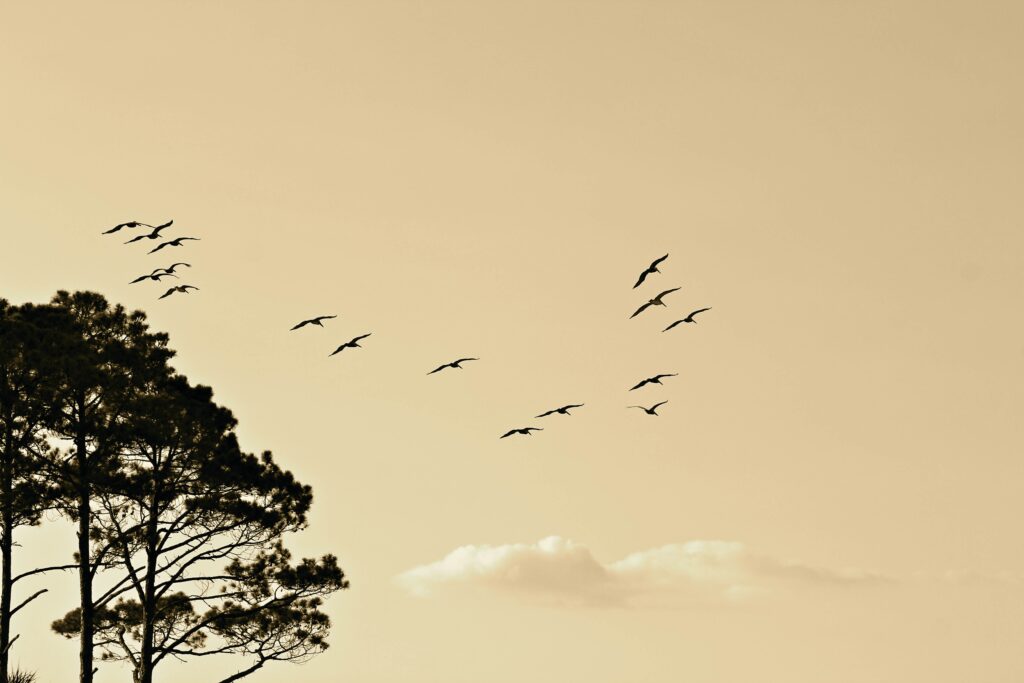
“When you lose one species, it affects the ecosystem and everything around it gets a little bit more fragile while it adapts to change,” said Kelsey Wooddell, assistant director of the Earth Institute Center for Environmental Sustainability, in an interview with Columbia University for their Columbia Climate School newsletter. In other words, animal and plant extinctions don’t happen in a vacuum: they affect birds and other wildlife, as well as us humans. According to the International Union for Conservation of Nature’s Red List of Threatened Species, widely considered the most trusted resource on extinction trends by scientists and researchers, there are currently more than 40,000 species threatened with extinction. And as many as 160 species have gone extinct in the last 20 years alone. Here are some examples of how other extinction trends are impacting our bird population.
Wolves

About one hundred years ago, the grey wolves of Yellowstone National Park were nearly hunted into extinction. By the mid-1930s, with no wolves to thin the herd, the elk population was booming. With that boom came more grazing, specifically of willow and aspen trees—home to various songbirds. As a result, Yellowstone’s songbird population plummeted, and the insects that the songbirds used to feed on overran the area. In 1995, wolves were reintroduced to the area, bringing some balance back to the ecosystem.
Elephants
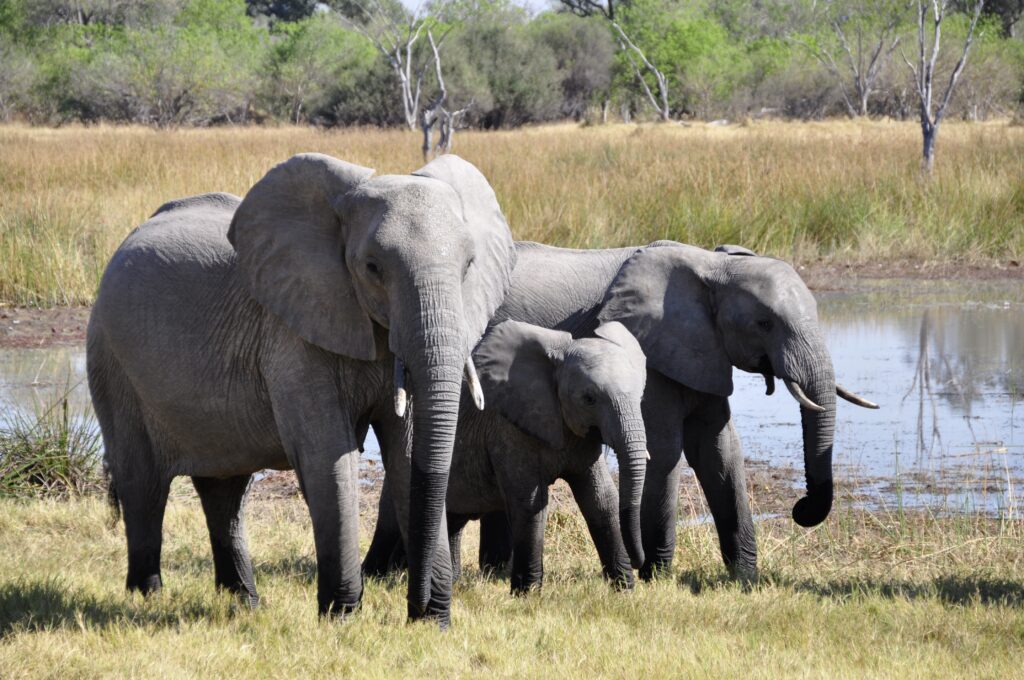
Africa’s forest elephant population has declined more than 80% in the past 93 years due to poaching, habitat loss, and climate change. Not only is this statistic jarring on its own (and with experts forecasting these elephants will be extinct in the next couple decades), but its impact on birds and other wildlife is noteworthy. In fact, elephants spread seeds more than any other animal, and are responsible for much of the plant and tree growth that becomes food and shelter for birds and other animals. Their decline means less places to rest, shelter, and nest for African bird species.
Monarch butterflies

What used to be a glorious sight of tens of thousands of fluttering orange and black wings has dwindled to just a few in recent years. Now, only about 2,000 monarch butterflies are seen flying down the coast from California to Mexico for the winter, a 90% decline in their population in just under 20 years. What’s behind this decline? Loss of habitat, climate change, and exposure to pesticides. As monarch butterflies share habitats with birds, habitat loss affects both species. And, as major pollinators, monarch butterflies are responsible for much plant and flower growth that birds depend on for shelter and nesting spots.
Bees
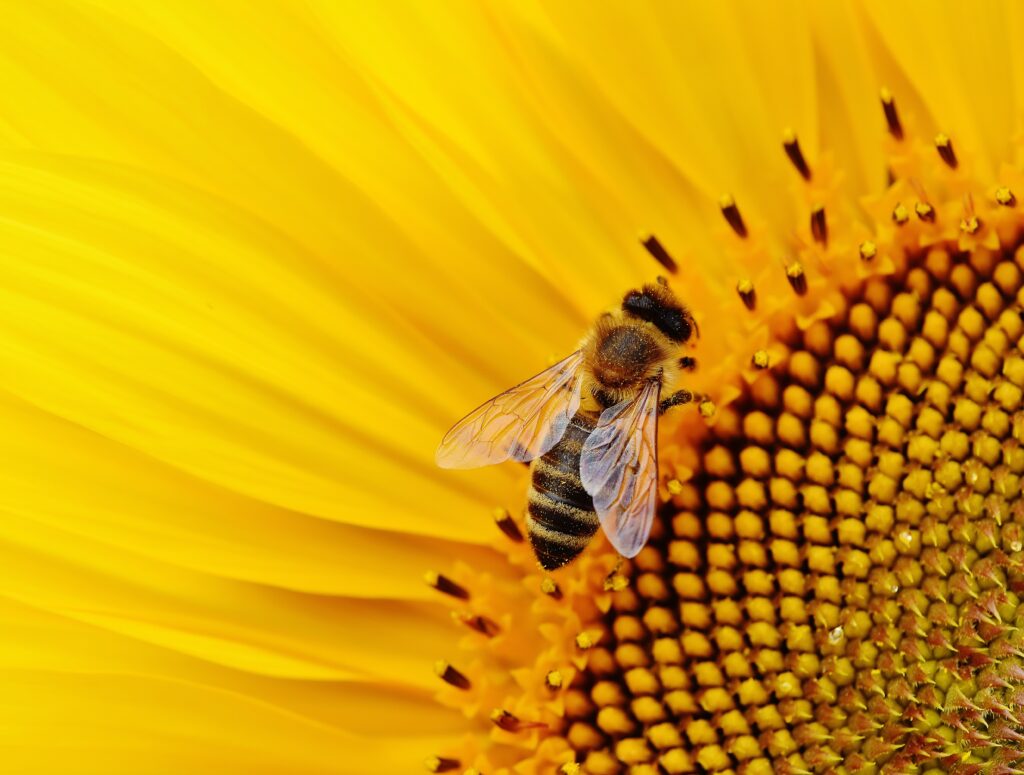
Honey bees pollinate more than 250,000 plant species—and they’re responsible for almost 90% of our food crops. Currently, their population is seeing a marked decline from climate change, pesticide use, habitat loss, and other environmental factors. What does this mean for our birds? Less pollinator-friendly plants and flowers, meaning less insects to feed on. Fiercer competition between birds for fewer plants in which to shelter, nest, and raise their young. It also means a major food source loss for bee-eating birds like thrushes, mockingbirds, swifts, and woodpeckers.
Animal and Bird Extinction: How to Help
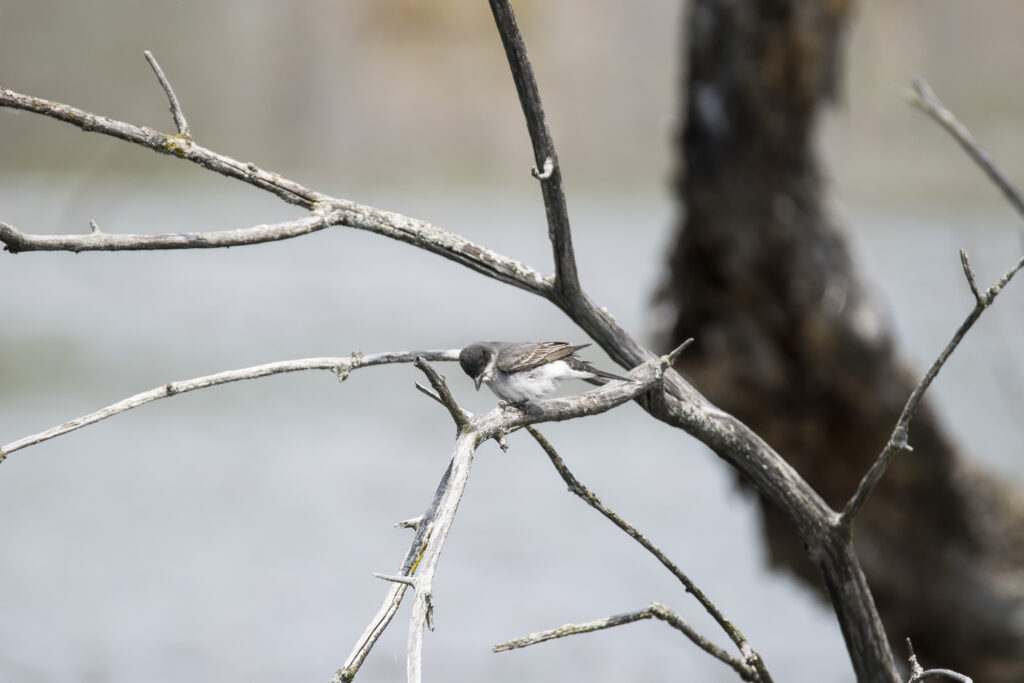
It can be overwhelming to see so many of our beloved bird, animal, and plant species in trouble. But there are ways to help, from educating ourselves and raising awareness to making major differences on the micro level and supporting local and national conservation efforts. Here are some ways to get involved:
Support
- National Audubon Society
- U.S. Fish & Wildlife Service
- National Wildlife Federation
- World Wildlife Fund
- Animal Welfare Institute
- Endangered Species Coalition
- Defenders of Wildlife
- Wildlife Conservation Society
- International Union for Conservation of Nature
- American Bird Conservancy
- Partners in Flight
- BirdLife International
Act
- Learn about the local endangered species. (Here’s a list of endangered and threatened plans and animals in the San Bernadino National Forest.)
- Grow native plants to support local birds and wildlife.
- Refrain from using chemical pesticides in your yard or garden.
- Plant a hummingbird garden to support local pollinators.
- Turn your yard into a certified wildlife habitat.
- Buy local, lowering the environmental strain of mass-produced goods.
Get Involved at Chirp
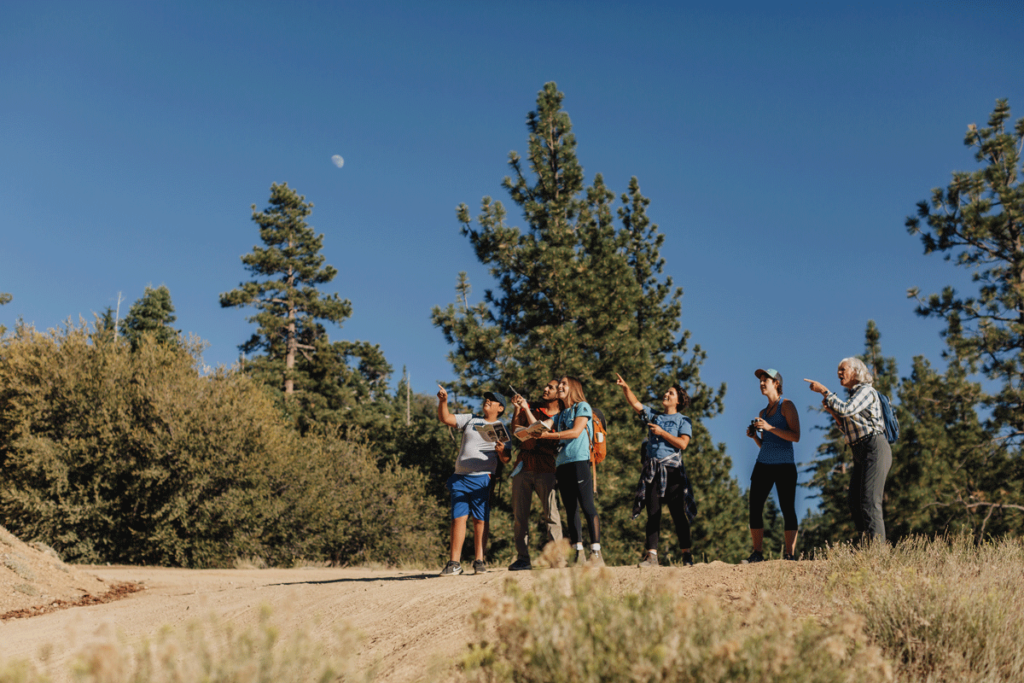
You may not be able to right all the wrongs of wildlife threats, but you can get involved at a local level. Learn more about the world around you, including the more than 250 bird species in the Big Bear Valley, on a guided bird walk. The Chirp Nature Center holds Bird Walks monthly; see our Activities page for the schedule. And our exciting Bird Talk series features guest lectures from the world’s top scientists and naturalists. (Be sure to catch our “Wings of Change: Exploring the Past and Present of SoCal’s Wild Birds” lecture by Sean Lyon, Curatorial Assistant at the Moore Lab of Zoology at Occidental College, on June 11th. Space is limited, so register now!)

